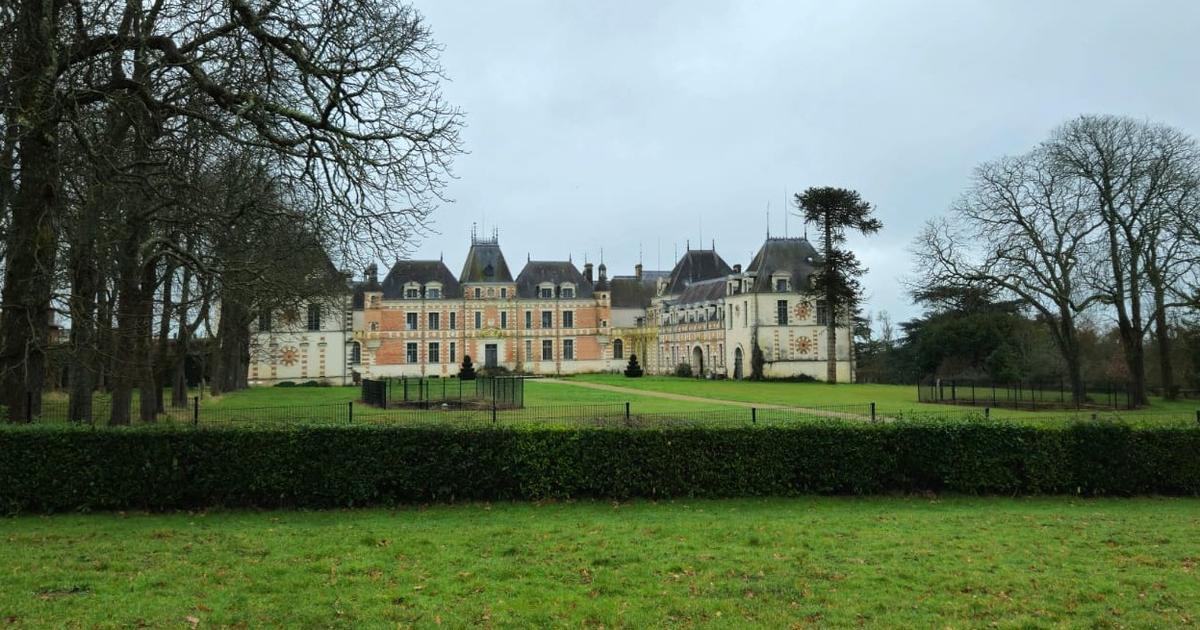The forest is sick.
According to the latest forest status report, around 80 percent of German trees are damaged.
In the Starnberg district, things are still looking comparatively good, although there, too, the damage due to climate change is increasing.
District - It is an alarming report that Federal Agriculture Minister Julia Klöckner has submitted. The forest condition survey 2020 says that the German forest is doing worse than ever since the survey began in 1984. Also in the district?
Specifically, the report says: Never before had so many trees died as in 2020, four out of five trees have clear crowns.
37 percent show clear bleaching, which means that at least 26 percent of the leaves or needles of these trees have fallen off prematurely.
This is due to climate change, which is causing drought, massive bark beetle infestation, storms and increased forest fires.
The forest owners in the Starnberg district are also affected by the damage - albeit not as severely as in other regions.
“It's not quite as bad here as in East and Central Germany or North Rhine-Westphalia.
We were lucky with the rainfall, ”says Armin Elbs.
The forestry director at the Graf Toerring company administration in Seefeld knows that the district got away with a black eye last year.
“Last year we hardly had any rain for a long time, but it went well again.
It was five to twelve, ”said Elbs.
Because, especially in the first phase of vegetation, the trees needed a lot of water when they were growing.
Martin Fink, Chairman of the Starnberg Forest Owners Association, is happy that “the last year was cheap”.
“We were spared the bark beetle and cleared away a lot of beetle nests,” he says.
Nevertheless, the forest, which with a good 17,000 hectares makes up more than a third of the district, is damaged.
One reason for this is that “the sub-floor has no moisture, because the fine roots die off,” explains Fink.
"We just need balanced rainfall." The Geisenbrunner is optimistic for this year.
"We were very wet this winter, the soil is well saturated."
However, he and the many forest owners are worried about the current wood prices.
"The market is flooded, the prices for round timber are catastrophically low," explains Armin Elbs.
Fink takes the same line: Although the demand for wood as a building material is growing, the "ridiculous prices do not even cover the building costs".
But in the current situation, of all things, the forest farmers would need financial means to replant the areas exposed by drought, beetle infestation and storms with different, resistant tree species.
“Investments in reforestation are not possible with the wood prices, that is extremely expensive,” says Elbs.
That is why Fink is happy “that the state has reacted and is supporting us with grants”.
However, Elbs would like to see less bureaucracy.
The effort involved in applying for funding and compensation is simply too high for private forest owners.









/cloudfront-eu-central-1.images.arcpublishing.com/prisa/IW27UXZY7BBKRCHGJ2GLQGLCE4.jpg)





